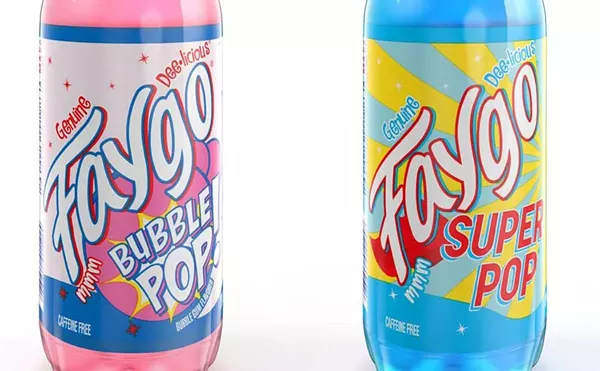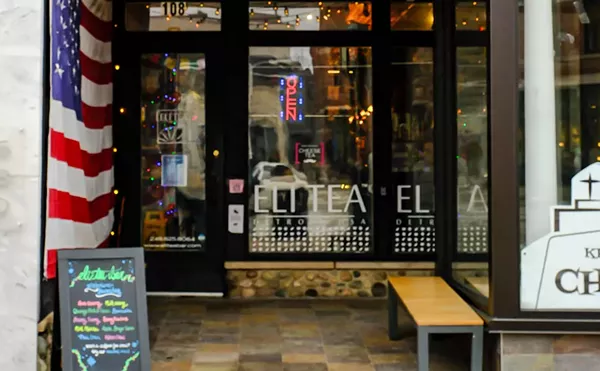I remember the first time I learned that food wasn't what I thought it was. It was about 10 years ago, and I had been doing some reporting on the way the products in the supermarket weren't what they said they were. I figured that was the case somewhere else, but certainly not at my local store. I was feeling a bit under the weather, so I went to get a good jar of honey for a nice hot toddy. There, arrayed before me at eye level, were jars of honey. They looked good, and they were mostly very affordable.
Just for laughs, though, I figured I'd look on the label and see if they were really honey.
They weren't.
Almost all of the jars of "honey" were actually mostly high-fructose corn syrup, with flavoring to make them taste like honey. Examining the labels more closely, they contained "weasel words" in different print clarifying (for only those willing to give the matter close scrutiny) that they were not actual honey. Only the last jar, the one with the price that was about four times as high as the others, was pure honey.
I think that was about the point, a decade ago, when a sort of nationwide consciousness began to grow about "real food" versus "food substitutes." People began to understand that their soft drinks had quietly switched to sugar substitutes 15 years earlier. Consumers began to understand the benefits of raising livestock the traditional way, as opposed to the crowded, disease-breeding feedlots of today. Whole new kinds of supermarkets have sprung up, charging a premium for honey made by bees, beef raised on grass, and chickens raised on farms where they can run around. The prices tend to be higher, but it's evidence that more people than ever are turning those bright, appealing, and misleading labels around and looking at the ingredients, something you can do whether you're at Whole Foods or a small independent grocery.
But there remain places where the eater is still at the mercy of the food producer, and that's the restaurant. Sure, a whole generation of "gastropubs" has blossomed in the last 10 years too, and diners there can often find out everything about what's on their plate. It has gotten so pronounced, in fact, that you can practically ask everything about your pulled-pork poutine but the pig's birth certificate. But at the less pretentious restaurant, you're left to the tender mercies of servers who often don't know about allergies, dietary restrictions, or even the food they're serving. And, unlike at the supermarket, there's no label to turn around to learn the truth.
I had a friend move in from out of town who was astonished by waitresses who'd serve margarine and call it butter. Or tell how when declining pancakes due to gluten issues, was offered waffles instead.
The last thing you want to do when you sit down for a meal is end up interrogating the waitress to the point where the manager or owner has to come out and answer the questions for you, but I think that's exactly what has to happen. These days, even the corner diner has to educate the staff to know what's in the food and to understand that honey and HFCS aren't the same thing. A half-century ago at the corner greasy spoon, it didn't matter: Everything was non-GMO, honey was always made by bees, and you could taste when sugar was saccharine. Not so any longer. The more modest eateries need to satisfy their customers' hunger for the facts more than ever. Because the last thing a diner wants these days is that special item that's not on the menu: a blank stare from a server who has absolutely no idea what's on the plate he's giving you.






